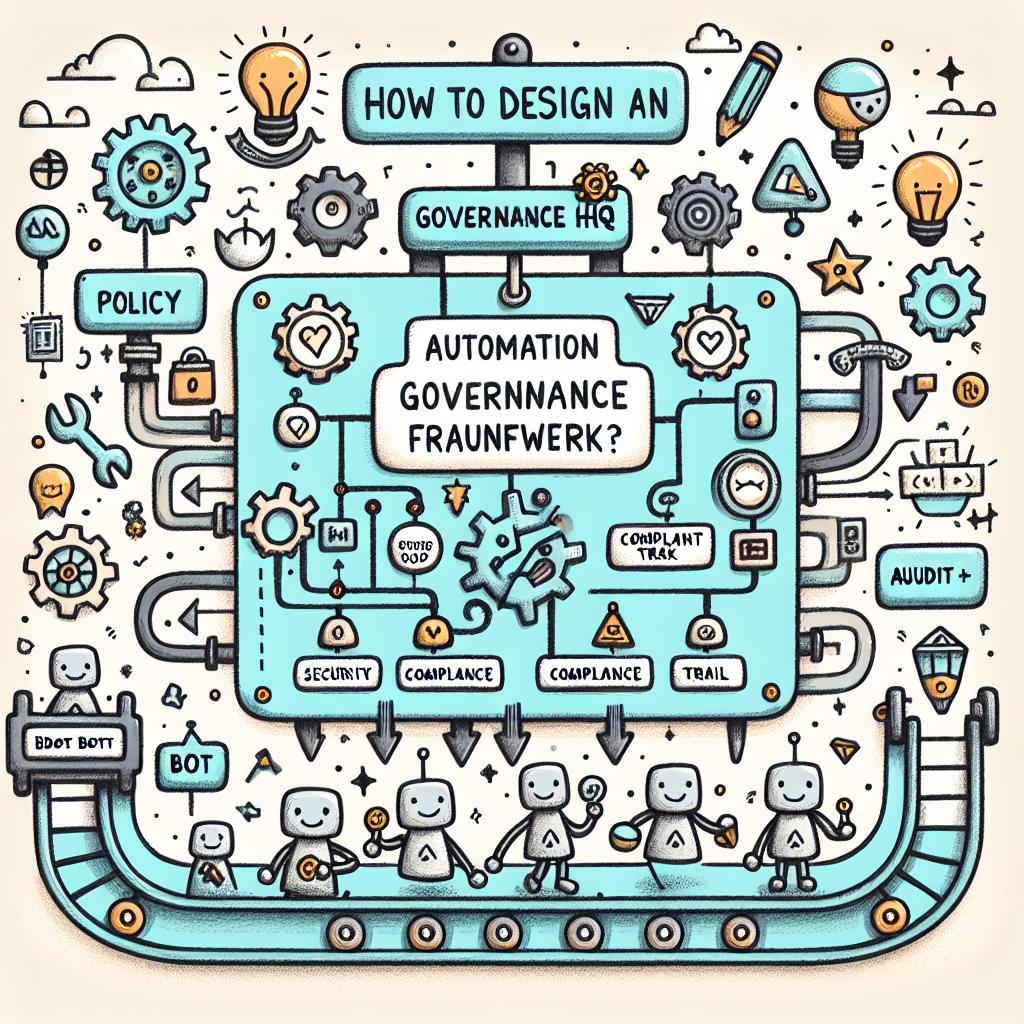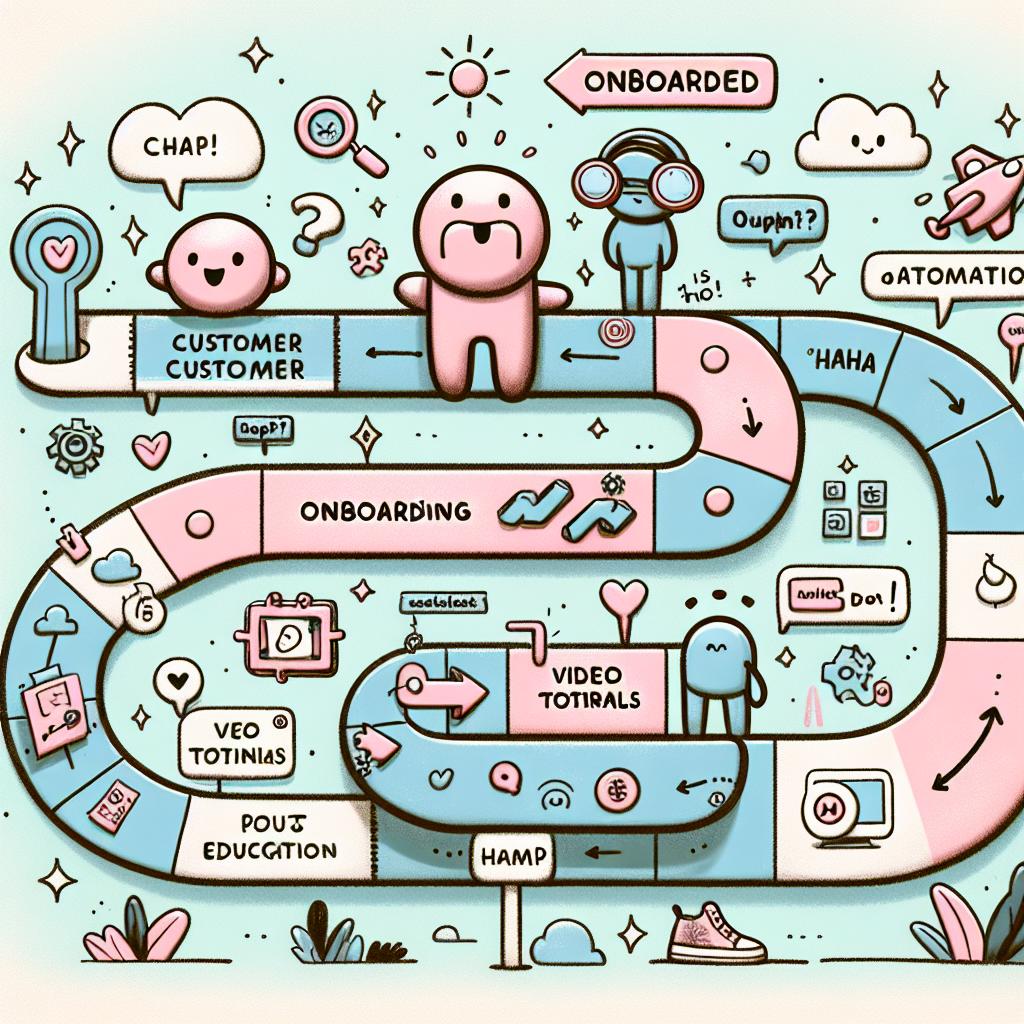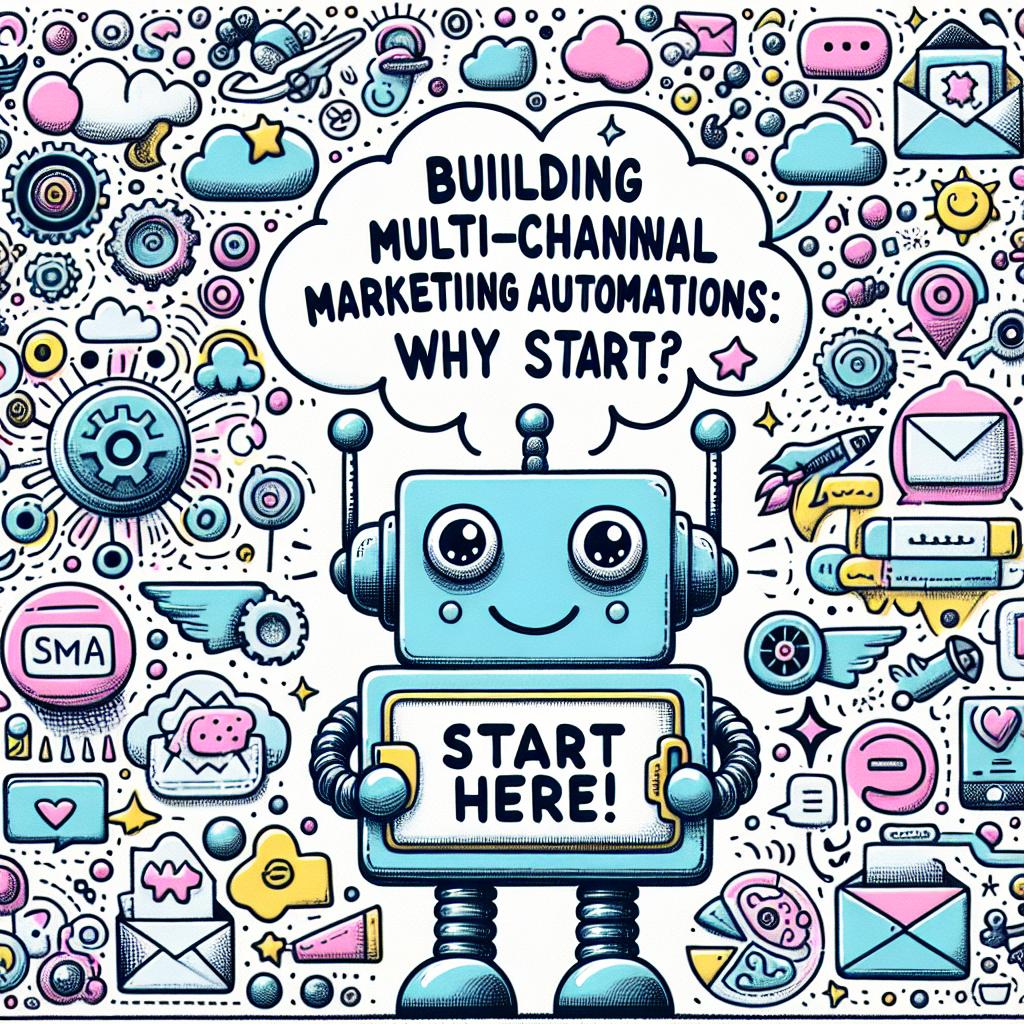TL;DR:
- An automation governance framework sets rules, roles, and processes for using automation tools safely and efficiently.
- Core elements:
- Rules: Define approved tools, behavior standards, and compliance measures.
- Roles: Assign builders, testers, owners, and users to maintain oversight.
- Steps: Document lifecycle—task selection, testing, launch, monitoring, and fixes.
- Tailor frameworks by team size, risk level (e.g., health/legal data needs stricter rules), and speed needs.
- Use metrics and dashboards to monitor task time, errors, and compliance.
- Real cases highlight benefits of starting small, using real-time checks, and clearly defined roles.
- Continuous tracking and updates are key to preventing failures and ensuring ongoing control.
- Framework flexibility enables scalable, secure, and error-reduced automation growth.
If your business is growing, so is your need for control over automation. Without a clear plan, systems can fail, waste time, or expose you to risk. That’s where an automation governance framework comes in. It’s your rulebook for how tools work, who owns them, and how you stay compliant. In this post, I’ll show you how to build one that fits your workflow—and grows with you.
1. What Is an Automation Governance Framework?
An automation governance framework is a guide that sets the rules for using tools. It defines roles, outlines steps, and keeps your systems safe. It helps teams know which tools to use, when to use them, and who checks the results.
Without a clear plan, work can slip. One tool may replace another without oversight. Risks go up. With a strong framework, you stay in control as your systems scale.
Let’s put it simply: a robot moving boxes follows rules. The same goes for bots in your firm. You need to ask—why are they used, how are they checked, and who is in charge?
2. Key Parts of a Strong Framework
A working framework needs three core parts: rules, roles, and steps.
Rules (Policies):
These outline what tech you can use, how it should behave, and how to avoid harm. For example, only approved bots can access user data. Rules ensure only safe tools move forward.
Roles:
No task works without clear job lines. You need builders, testers, owners, and users. Each person owns a piece of the process. That way, tools move through steps smoothly and without conflict.
Steps (Processes):
You need to write each step in the tool’s life cycle. Start with picking the task. Then test it, launch it, track the impact, and fix anything that breaks. Each step should include checks and logs, so no failure goes unseen.
This tight setup keeps tools safe and work flowing.
3. How to Tailor the Framework to Your Needs
Every team uses different tools, faces different risks, and grows at a unique pace. Your framework should reflect that.
Size Matters:
A small team may use fewer checks but more hands-on role coverage. A large group needs more layered roles and tracked steps.
Risk Level:
If tools touch health or legal data, add more reviews and logs. If they sort files or load forms, use lighter rules—but still track them.
Speed Needs:
Fast-moving teams, like in e-commerce, need rules that support quick updates without losing control.
Use real examples: A food firm faced safety risks and wrote 20 rules tied to high-risk tools. In contrast, a small admin team used lean steps to sort lists. Both worked—because both fit the risk and need.
4. Using Stats and Tools for Smart Oversight
You can’t just set up rules and walk away. You need to track how tools help—or harm—your work over time.
Measure key metrics like:
- Task time before and after bots
- Number of task errors
- Risk events or rule misses
Build dashboards that show:
- Active bots
- Errors and alerts
- Task progress
Dashboards should give clear views. This proves your tools are under control, and alerts help fix issues fast.
In one case, a health firm used logs and alerts to stop bots from skipping allergy tags. That fix saved lives. Another used AI flags to speed up care after surgery, saving time and cost.
Good data helps turn lessons into better setups—and strong trust in your systems.
5. Lessons from Real Use Cases
Top firms don’t just throw tools into play. They start small, test big, and grow smart.
A bank used bots for loan checks but gave no tool final power. Risks were flagged, not approved. This kept them safe while gaining speed.
A health group tied bots to alert systems. If a rule was missed, action stopped. Results improved fast.
All cases show the value of:
- Clear goals
- Role owners
- Real-time checks
- Log-based control
Even small issues grow if left alone. Regular checks, updates, and reviews keep tools working right.
Trends also show shifts you must plan for. Teams now share bots across units and grow micro-tools fast. Don’t wait for failure—build shared rules and checks now.
A strong automation governance framework needs clear roles, simple rules, and repeatable steps. You must match it to your team, your needs, and your risk level. Build it with solid data, track results, and keep things up to date. Use smart tools to stay in control and meet the rules. Real stories show what works—and what fails. If your goal is more speed, fewer errors, and safe growth, start with the right framework. That’s how you turn hands-on chaos into hands-free flow.
Ready to bring control and clarity to your growing automation systems? Don’t leave essential governance to chance. Partner with the experts who specialize in building smart, scalable automation strategies tailored to your business. Visit AMP Titans today to start building your automation governance framework with confidence. Get in touch with us through our official contact page: AMP Titans.





